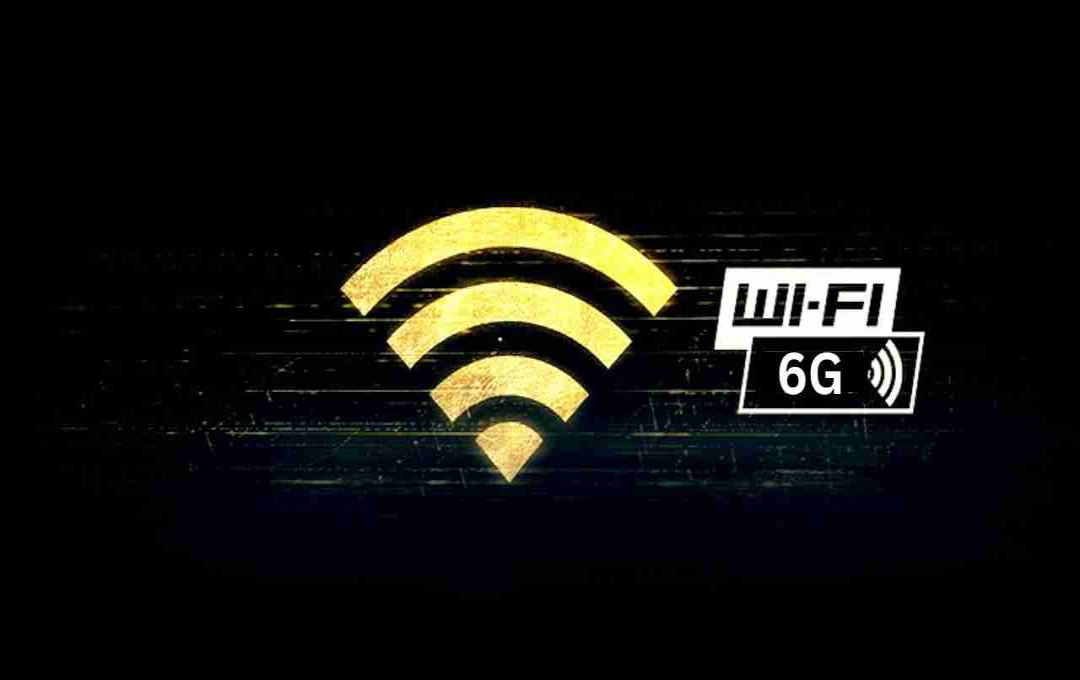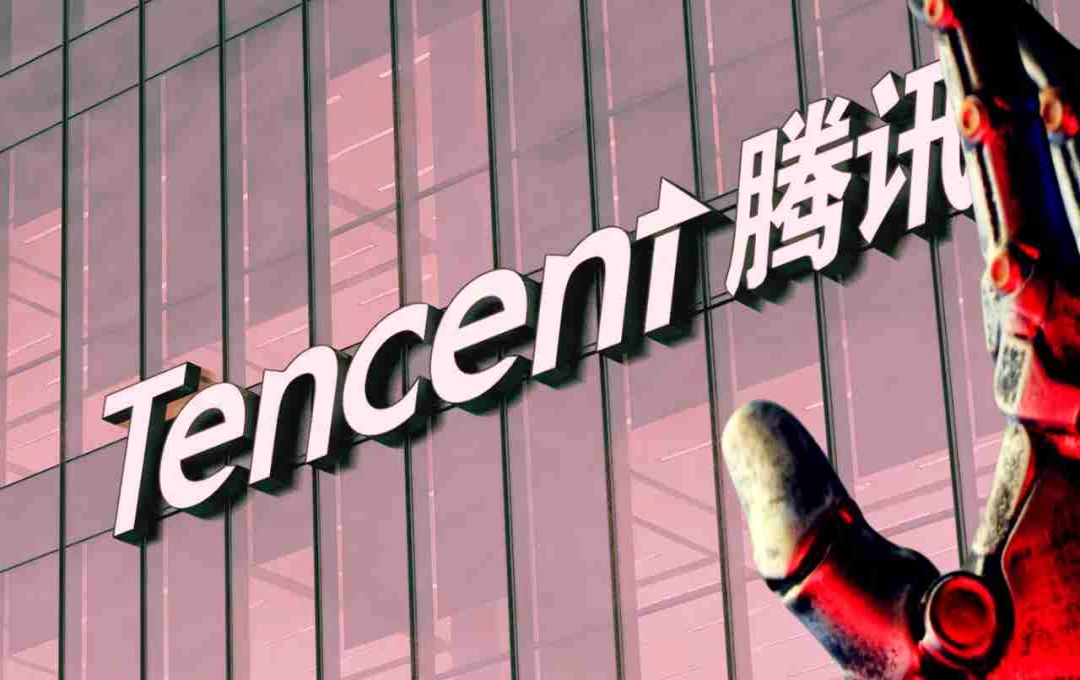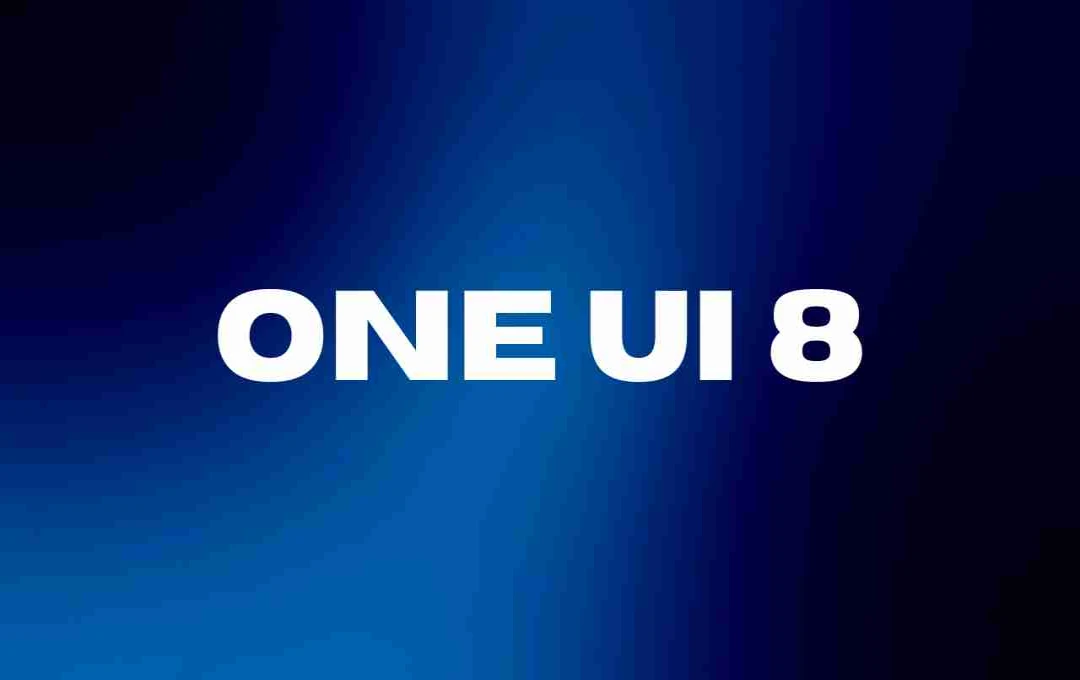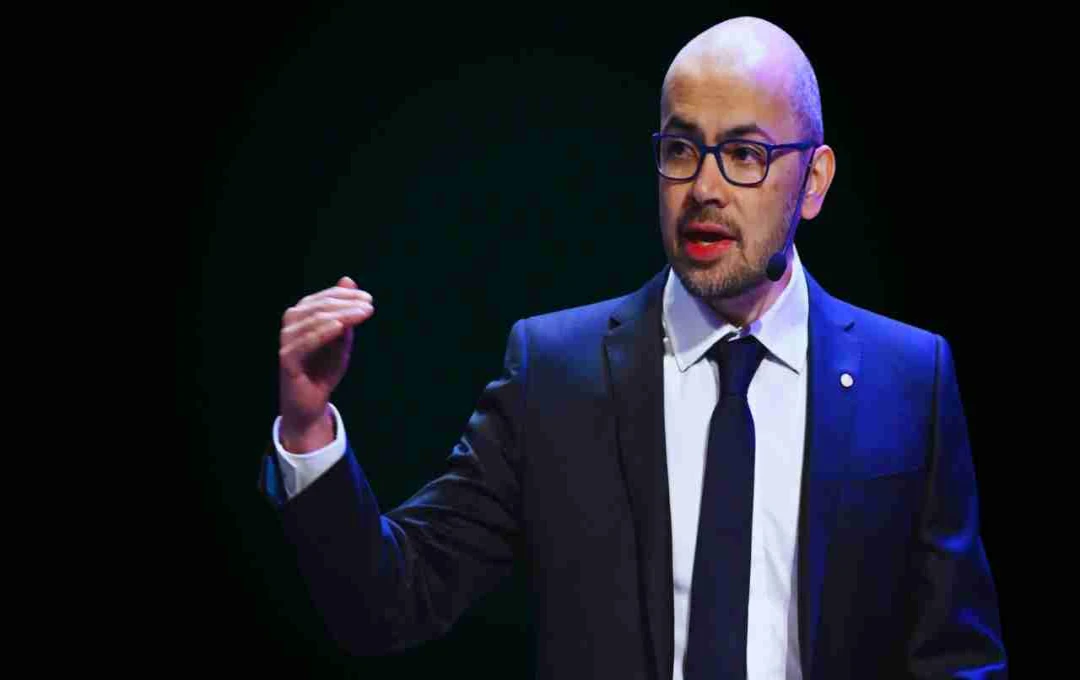The Indian government has drafted a de-licensing regulation for the 6GHz spectrum, a significant step towards expanding WiFi 6 broadband access across the country. Stakeholders are invited to submit suggestions on this draft regulation until June 15, 2025, after which it will be implemented. This new regulation will enable the use of faster, more reliable, and higher-connectivity internet connections in India, enhancing digital experiences in homes, offices, and public spaces.
Demand for the 6GHz Band and the Government's Decision
Tech companies and Internet Service Providers (ISPs) have long urged the government to address the 6GHz spectrum. The 6GHz band is crucial for WiFi 6 technology, offering superior speed and connectivity compared to the currently available 2.4GHz and 5GHz bands. Utilizing the 6GHz band can provide users with speeds up to 2Gbps, double the 1Gbps speed offered by the existing 5GHz band.
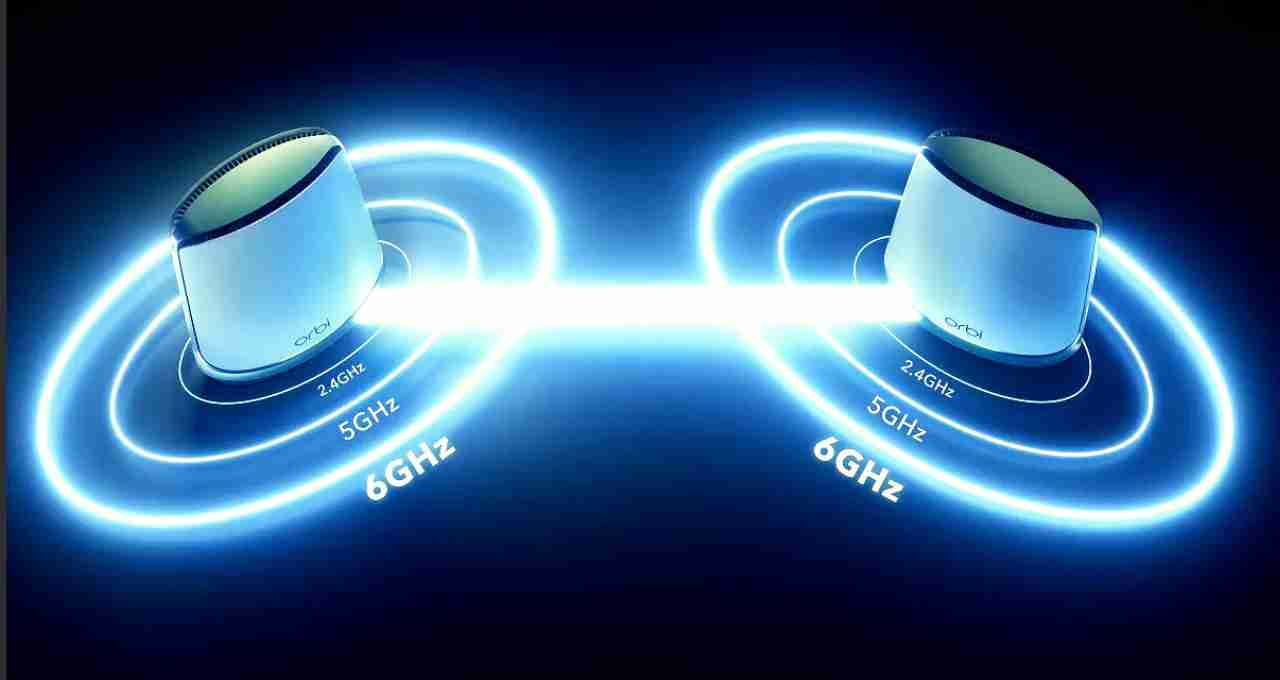
On May 16, 2025, the government released the draft regulation under Section 56 of the Telecommunications Act, 2023. This framework de-licenses the 5925 MHz to 6425 MHz band. This means low-power and very low-power wireless access systems can operate on this band without requiring a license, facilitating the adoption of modern technologies like WiFi 6.
Benefits of De-licensing
De-licensing eliminates the need for internet and tech companies to obtain specific licenses for using this spectrum band. This will expedite the market entry of new products and services, reducing additional costs for companies. Simultaneously, it will facilitate faster and more reliable internet access for users.
The government clarified that low-power devices on the 6GHz band will be permitted for radio local area networks, including WiFi routers, smartphones, laptops, AR/VR devices, and other wireless equipment. However, the use of 6GHz will be restricted in oil platforms, land vehicles, boats, and aviation to prevent interference.
Technical Parameters and Safety
The Department of Telecom (DoT) has incorporated safety and non-interference conditions in the draft. This aims to ensure that the use of the 6GHz band does not disrupt other communication services and equipment. The draft permits only low-power and very low-power devices to operate on this band, both indoors and outdoors.
The use of this band is restricted for drones, unmanned aerial systems, and aircraft flying below 10,000 feet to ensure safety. This promotes the safe and controlled use of this technology.
The Role of Industry Body BIF
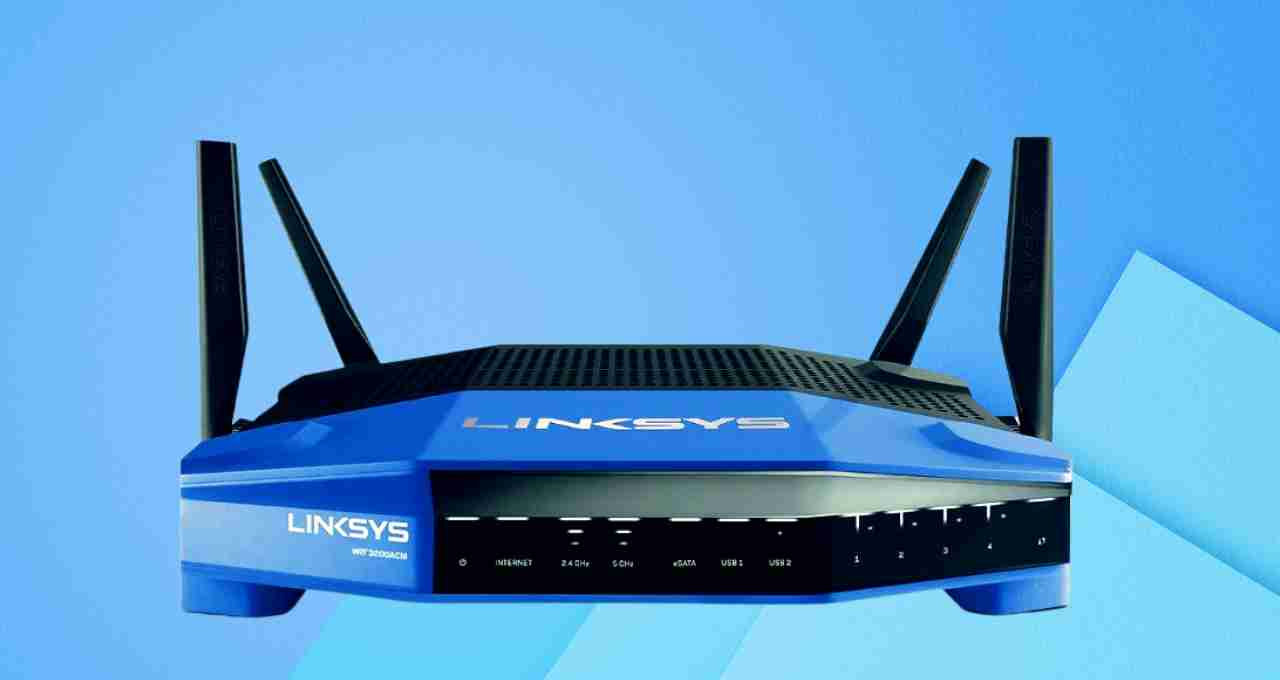
The Broadband India Forum (BIF), an industry body, had long advocated for the government to establish regulations for this spectrum band. In April 2025, BIF wrote to Telecom Minister Jyotiraditya Scindia urging swift action. BIF members include major companies like Meta, Google, Amazon, Microsoft, Cisco, OneWeb, Tata Nalco, and Hughes, all seeking to expand their services through open access to this spectrum.
BIF highlighted the necessity of the 6GHz band for enhancing the digital experience of new technologies such as Meta Ray-Ban smart glasses, Sony PS5, and AR/VR headsets. They also emphasized that delays in accessing this band resulted in billions of rupees in annual losses.
Importance and Technical Features of the 6GHz Band
The 6GHz band represents a new and improved spectrum for WiFi networks, surpassing the performance of the existing 2.4GHz and 5GHz bands. It offers significantly faster internet speeds, enabling seamless high-definition video streaming, online gaming, and video calling. The 6GHz band also boasts a wider coverage area, resulting in a consistently b and stable internet connection. This enhances user experience, particularly when multiple devices are connected simultaneously.
With WiFi 6 technology, the 6GHz band can transfer larger amounts of data quickly and reliably. This means that even with multiple smartphones, laptops, TVs, and other devices using the internet simultaneously in a home or office, connection quality remains unaffected. This technology increases network capacity and minimizes connectivity issues such as slowdowns or disconnections. Therefore, the 6GHz band is poised to revolutionize the internet landscape.
A Giant Leap for Digital India
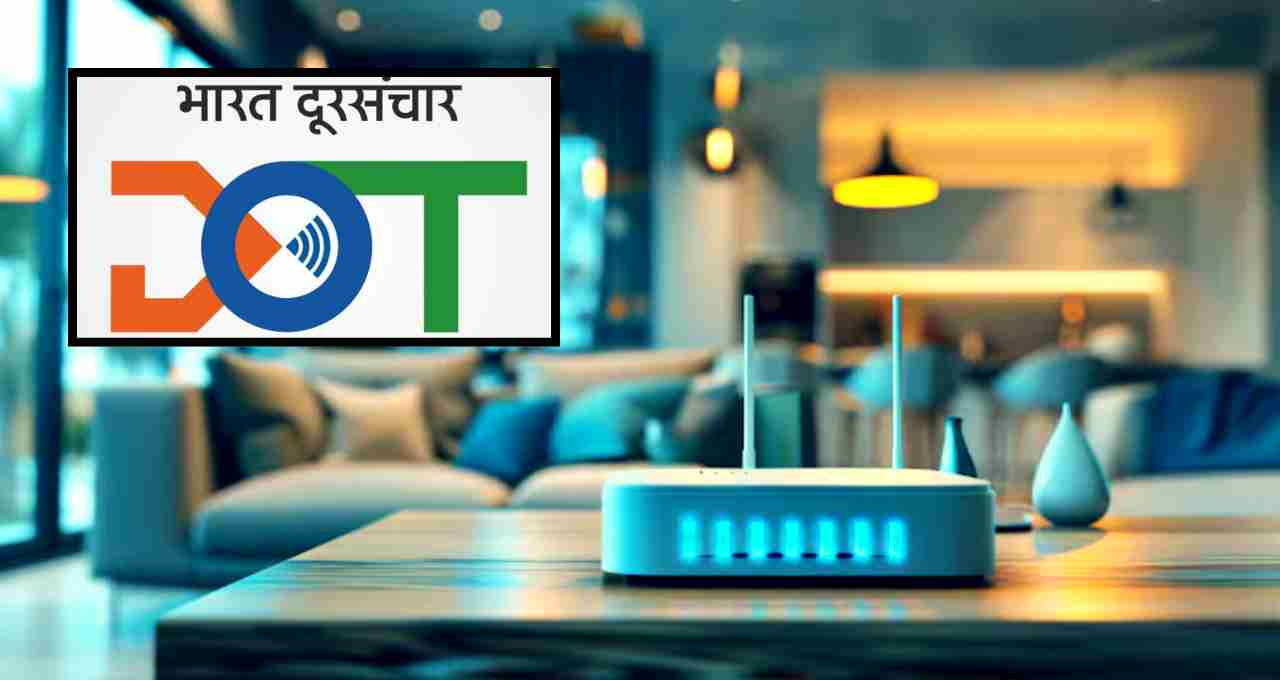
The Indian government's decision to open up the 6GHz band is a crucial step towards the Digital India mission. It will provide faster and more reliable internet connectivity across the nation, making work from home and office significantly more efficient. This will accelerate progress in online education, telemedicine, smart city development, and the Internet of Things (IoT). Improved internet access will empower citizens to leverage new technologies and improve their lives.
The opening of the 6GHz band will enable Indian tech companies to develop innovative products and services. This will strengthen their global market presence and enhance their competitiveness on a worldwide scale. Furthermore, it will create new employment opportunities and accelerate the growth of India's digital economy. This initiative is not merely about technological advancement but is crucial for the overall development of the nation.
The de-licensing regulations drafted by the government for the 6GHz band will significantly benefit both Indian internet users and the tech industry. It will facilitate wider adoption of WiFi 6 in India, ensuring faster internet speeds, improved network coverage, and reliable connections. This move will position India for greater competitiveness in the global digital market and propel the nation's digital growth to new heights. After considering stakeholder feedback, the final regulations will be implemented swiftly, further accelerating India's digital revolution.
